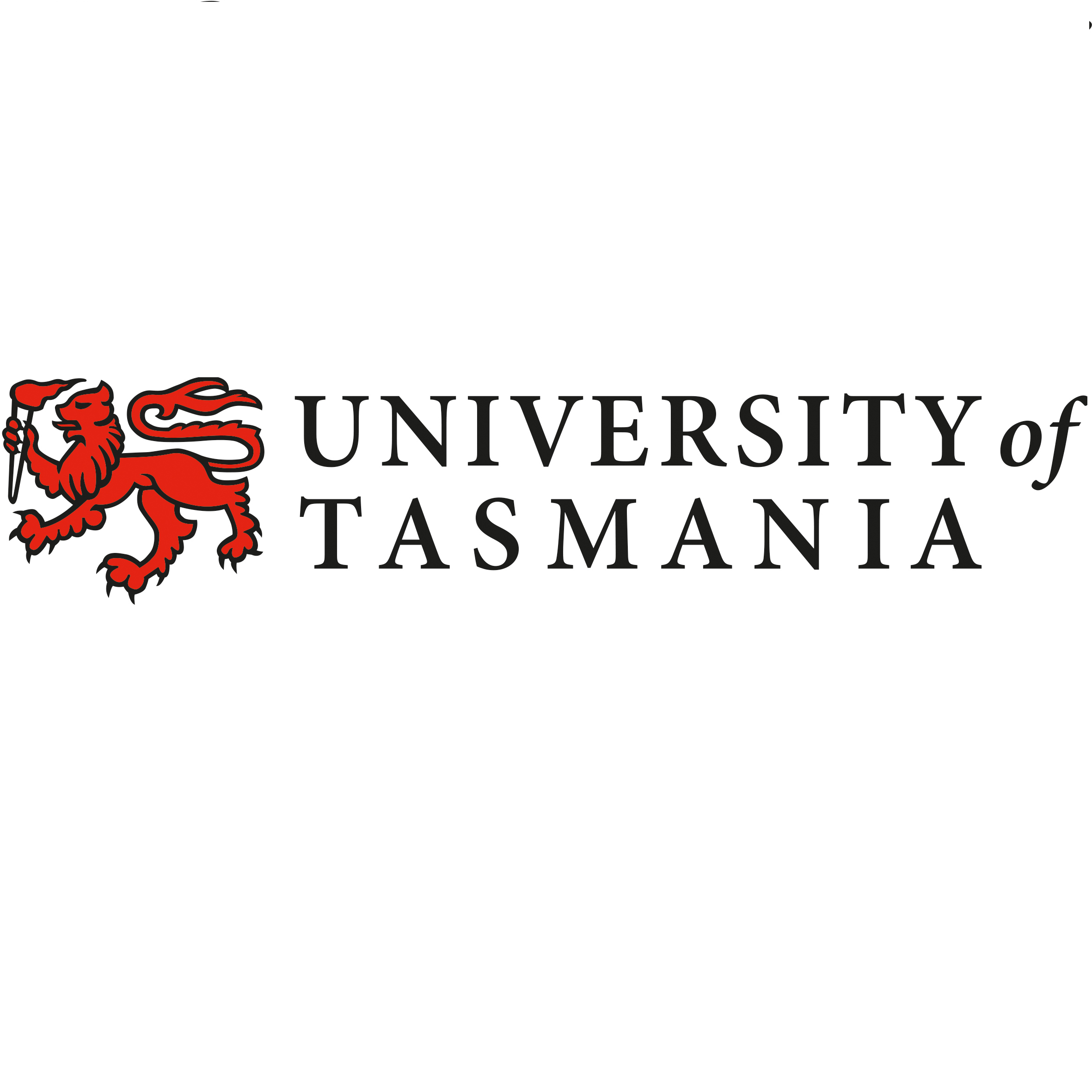Brief description
In coastal ecosystems, seaweeds provide habitat and a food source for a variety of species including herbivores of commercial importance. In these systems seaweeds are the ultimate source of energy with any changes in the seaweeds invariably affecting species of higher trophic levels. Seaweeds are rich sources of nutritionally important compounds such as polyunsaturated fatty acids (PUFA) and are particularly rich in long-chain (≥ C20) PUFA (LC-PUFA). In southern Australia, the ‘Great Southern Reef’ has one of the most diverse assemblages of seaweeds in the world, which support highly productive fisheries and have been recognised as a promising resource of omega-3 LC-PUFA. Despite this, there is little information on the biochemical composition of most species and how it varies between sites and seasons. To address this knowledge gap, we undertook a survey to assess seasonal variability in the biochemical composition (fatty acids and nitrogen content) of abundant understory seaweeds across three sites in eastern Tasmania. The availability of nutritional compounds differed between sites and was primarily driven by differences in the biomass and the biochemical composition of the nutritious red seaweeds at each site. This variability may explain regional differences in the productivity of commercial fisheries. At the species level, seasonal changes in fatty acid composition were highly variable between species and sites, indicating that multiple environmental drivers influence fatty acid composition of seaweeds in this system. This finding suggests that commercial harvest of seaweeds from eastern Tasmania will need to consider species and site-specific variability in fatty acid composition.Lineage
Maintenance and Update Frequency: notPlannedCreated: 2021-05-17
Data time period: 2017-10-31 to 2018-10-02
text: westlimit=148.248779856; southlimit=-41.9366891723; eastlimit=148.354980245; northlimit=-41.8209111751
text: westlimit=147.310703554; southlimit=-43.3433959735; eastlimit=147.345493649; northlimit=-43.3167601756
text: westlimit=146.821722161; southlimit=-43.6255810125; eastlimit=147.007116448; northlimit=-43.550979141
text: westlimit=146.86314978; southlimit=-43.6278523447; eastlimit=146.966604384; northlimit=-43.54296786
text: uplimit=7; downlimit=7
User Contributed Tags
Login to tag this record with meaningful keywords to make it easier to discover
(DATA ACCESS - seasonal and site variation in seaweed biomass [Biomass.xlsx])
uri :
https://data.imas.utas.edu.au/attachments/203912c2-da1f-43ec-9714-ce751cdf379f/Biomass.xlsx![]()
(DATA ACCESS - seasonal and site variation in seaweed %C and %N [C_N.xlsx])
uri :
https://data.imas.utas.edu.au/attachments/203912c2-da1f-43ec-9714-ce751cdf379f/C_N.xlsx![]()
(DATA ACCESS - seasonal and site variation in seaweed fatty acid composition [Fatty_acids.xlsx])
uri :
https://data.imas.utas.edu.au/attachments/203912c2-da1f-43ec-9714-ce751cdf379f/Fatty_acids.xlsx![]()
- DOI : 10.25959/NK3H-YT55

- global : 203912c2-da1f-43ec-9714-ce751cdf379f


